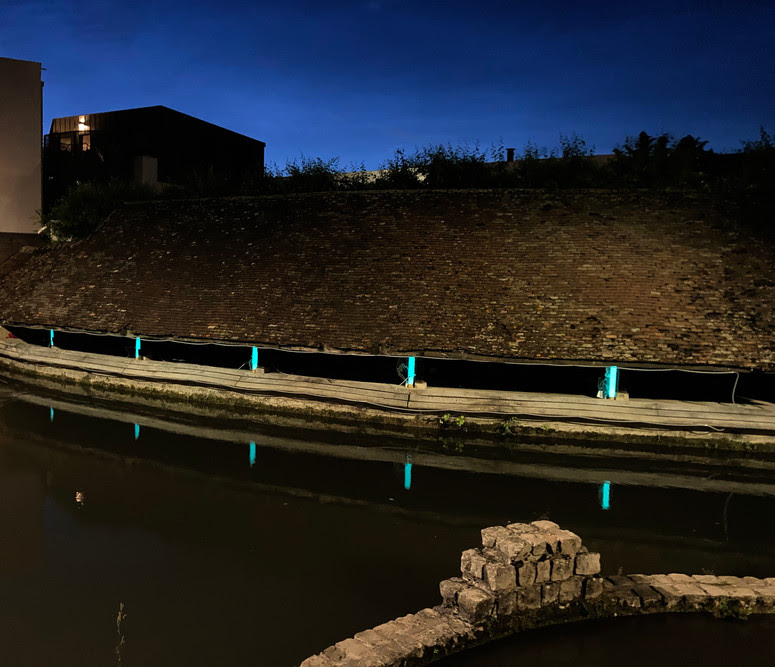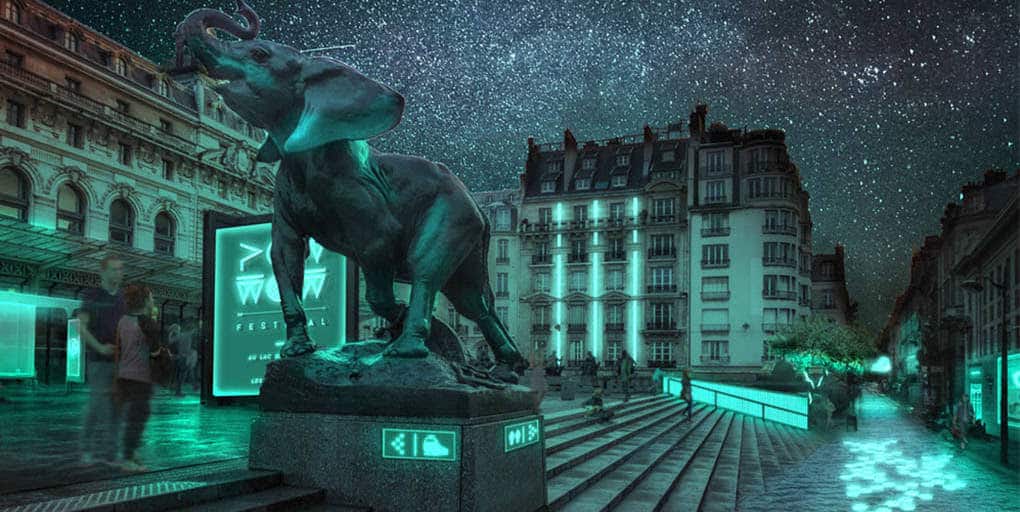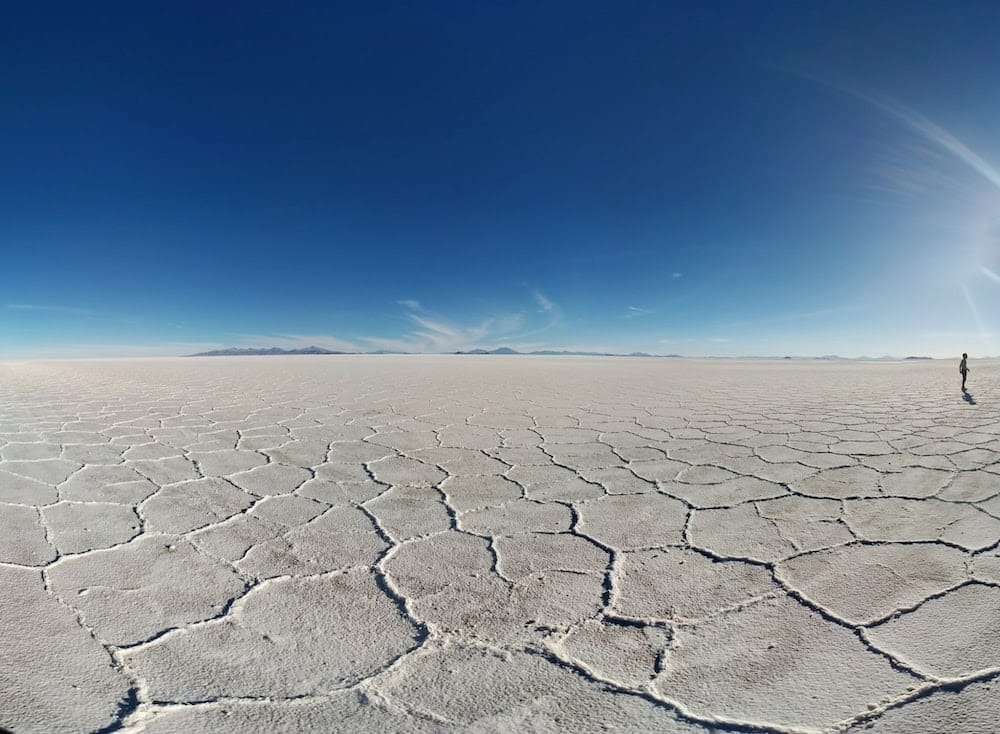
One of the best ways to take sustainable development and environmental protection into account is to observe flora and fauna and develop technologies based on biomimicry, to propose solutions that can be adapted to human society.
Thanks to plant nanobiotics, for example, it is now possible to create ecological lighting without electricity. The town of Rambouillet, in the Paris region, has decided to innovate by installing street lights powered by living organisms and has already scheduled the installation of other bioluminescent equipment.
Behind the project, French start-up Glowee has created saltwater pipes with bioluminescent bacteria to provide natural lighting independent of sunlight. Bioluminescence, or the production of light by living things, is a phenomenon observed in certain species, such as fireflies, fungi and around 76% of deep-sea creatures.

Glowee exploits the ability of a marine bacterium, allivibrio fischeri, to create light by harvesting it off the coast of France and then cultivating it in aquariums before installing it in special tubes. To keep these bacteria active, it’s not necessary to tap into the electrical grid but to feed them with basic nutrients and oxygen.
In this way, the creation of light is truly ecological and no longer dependent on the use of fossil or even green energy to power the various bulbs available on the market. To switch off bioluminescent lamps, all you have to do is stop supplying the bacteria with oxygen, thus halting their metabolism and preventing them from producing light.

Glowee founder Sandra Rey points out that these organic lamps are cheaper, less polluting and use less water than LED lights. But these lamps are still less efficient than LEDs, they light up less and need to be recharged at least once a month to keep working.
On the other hand, popularizing the use of nanobiotic systems for lamps or other equipment, rather than using artificial light, would certainly encourage greater consideration of the environment and biodiversity in consumers’ everyday behavior, reduce light pollution and have less impact on the natural cycle of animals.




